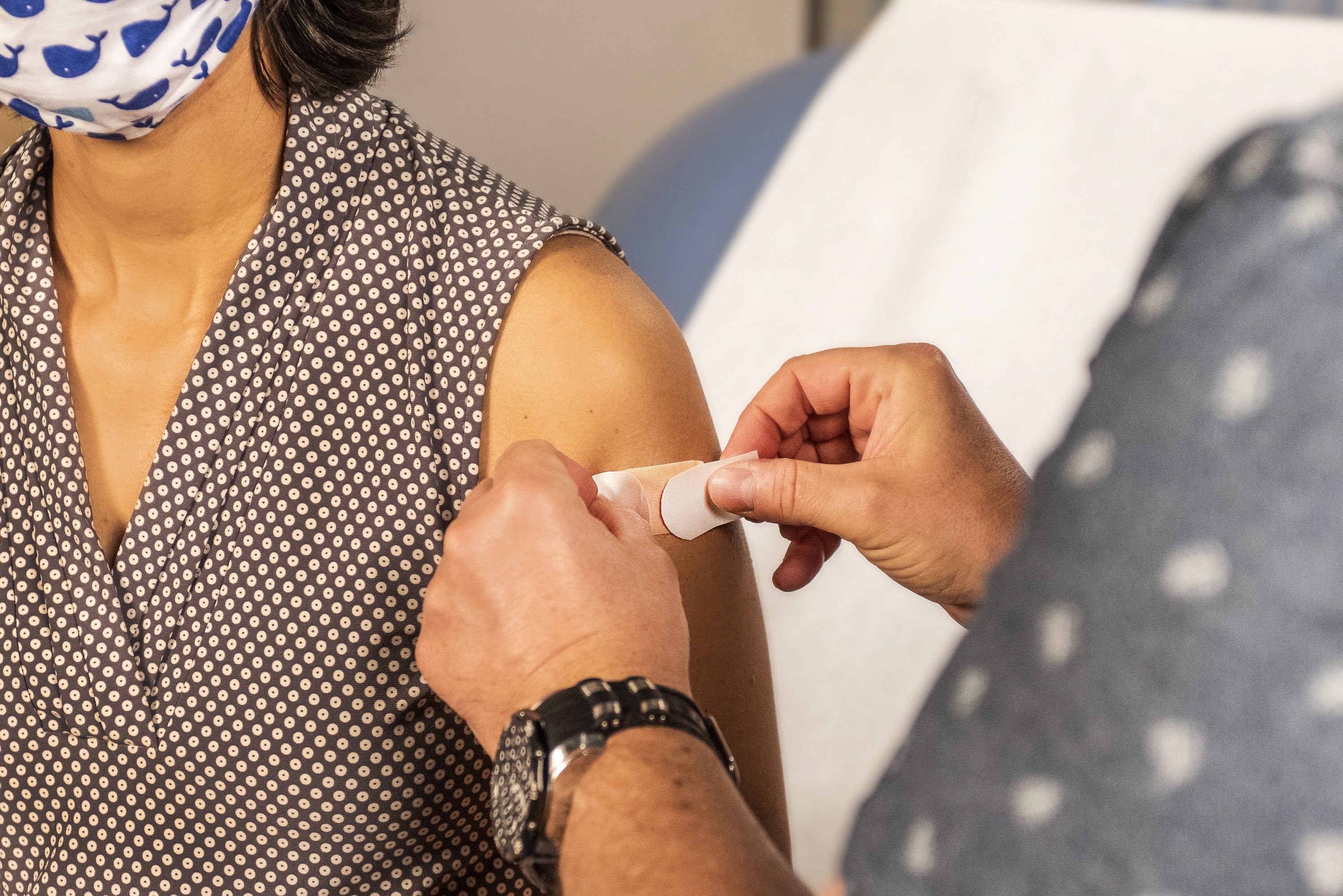Looking at mRNA COVID-19 Vaccine Reactions
With millions of people vaccinated for COVID-19, A new study, collecting data from CDC's v-safe program, discusses reactions following mRNA-based vaccines.

The United States just surpassed 31 million cases of COVID-19 and is inching towards 559,000 deaths since the pandemic first began. It’s been a long and exhaustive 15 months since we began responding to this novel disease and a pandemic that shook the world. In this time though, multiple efficacious vaccines have been developed and approved through the Federal Drug Administration (FDA) Emergency Use Authorization (EUA) process.
Vaccines are easily one of the best tools we have against COVID-19. Equitable vaccine distribution coupled with continued community infection prevention efforts, like masks, can help us get ahead of transmission and end the pandemic.
Currently in the United States, there have been over 237 million vaccine doses delivered and 187 million administered. The Centers for Disease Control and Prevention (CDC) reports that 119 million people have received at least one dose and 72 million are fully vaccinated. This represents roughly 22% of the U.S. population and 61.4% of the population aged 65 years or older. As we work to improve vaccine distribution and address hesitancy, question surrounding vaccine reactions (reactogenicity) both local and more systemic also arise and should be assessed.
A new study published in JAMA Insights discusses reactions following mRNA-based COVID-19 vaccines. The authors reviewed data from the CDC’s v-safe program, which is an active surveillance system for collecting self-reported information from vaccine recipients. V-safe is a voluntary system that utilizes smart phone text messages and a web-based survey.
The authors reported that as of February 21, 2021, a total of 3,643,918 individuals had enrolled in v-safe and completed at least one health survey. The authors noted that, “most v-safe participants reported an injection site reaction (dose 1: 70.0%; dose 2: 75.2%) or a systemic reaction (dose 1: 50.0%; dose 2: 69.4%) during days 0 to 7 after vaccination. The most frequently reported solicited local and systemic reactions after the first dose of COVID-19 vaccine were injection site pain (67.8%), fatigue (30.9%), headache (25.9%), and myalgia (19.4%). Reactogenicity was substantially greater after the second dose for both vaccines, particularly for systemic reactions, including fatigue (53.9%), headache (46.7%), myalgia (44.0%), chills (31.3%), fever (29.5%), and joint pain (25.6%).”
Virologist Dr. Angela Rasmussen noted that the “vaccines are fairly reactogenic according to participants in v-safe, but that’s actually a pretty bit limitation. It’s [v-safe] voluntary and people are more likely to report if they are experiencing side effects. While side effects are common, they generally are fairly minor and have no lasting impact. I’d still rather have the full spread of these side effects than COVID-19!”
The authors noted that a larger percentage of individuals who received the Moderna vaccine, reported through v-safe some reactions. These were worse after the second dose and in the case of both vaccines individuals who reported local and systemic reactions stated that day 1 after the vaccine was the worst. Overall, this information and insight into reactions for the two most common vaccines being deployed in the United States is important and vital information.
